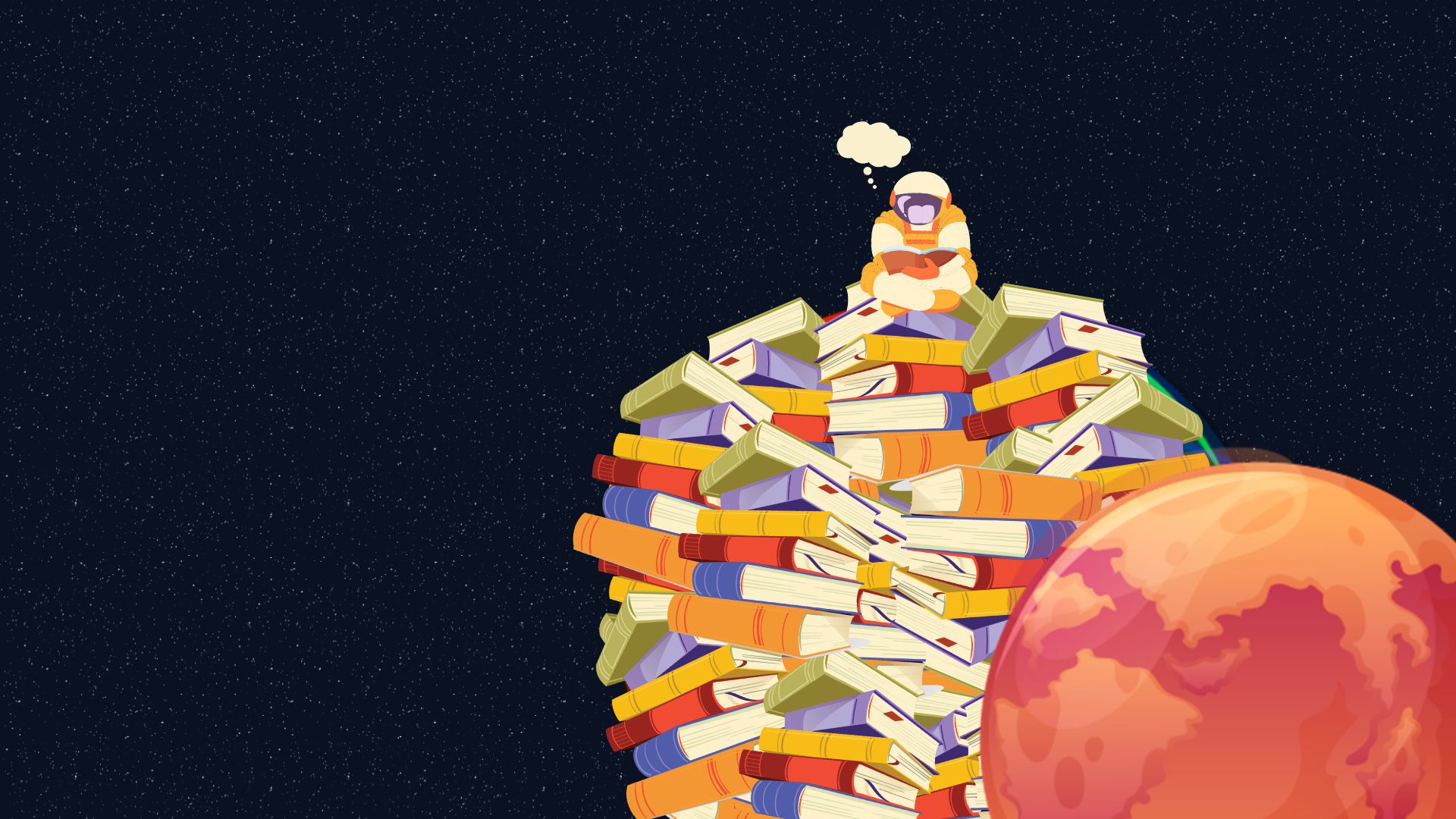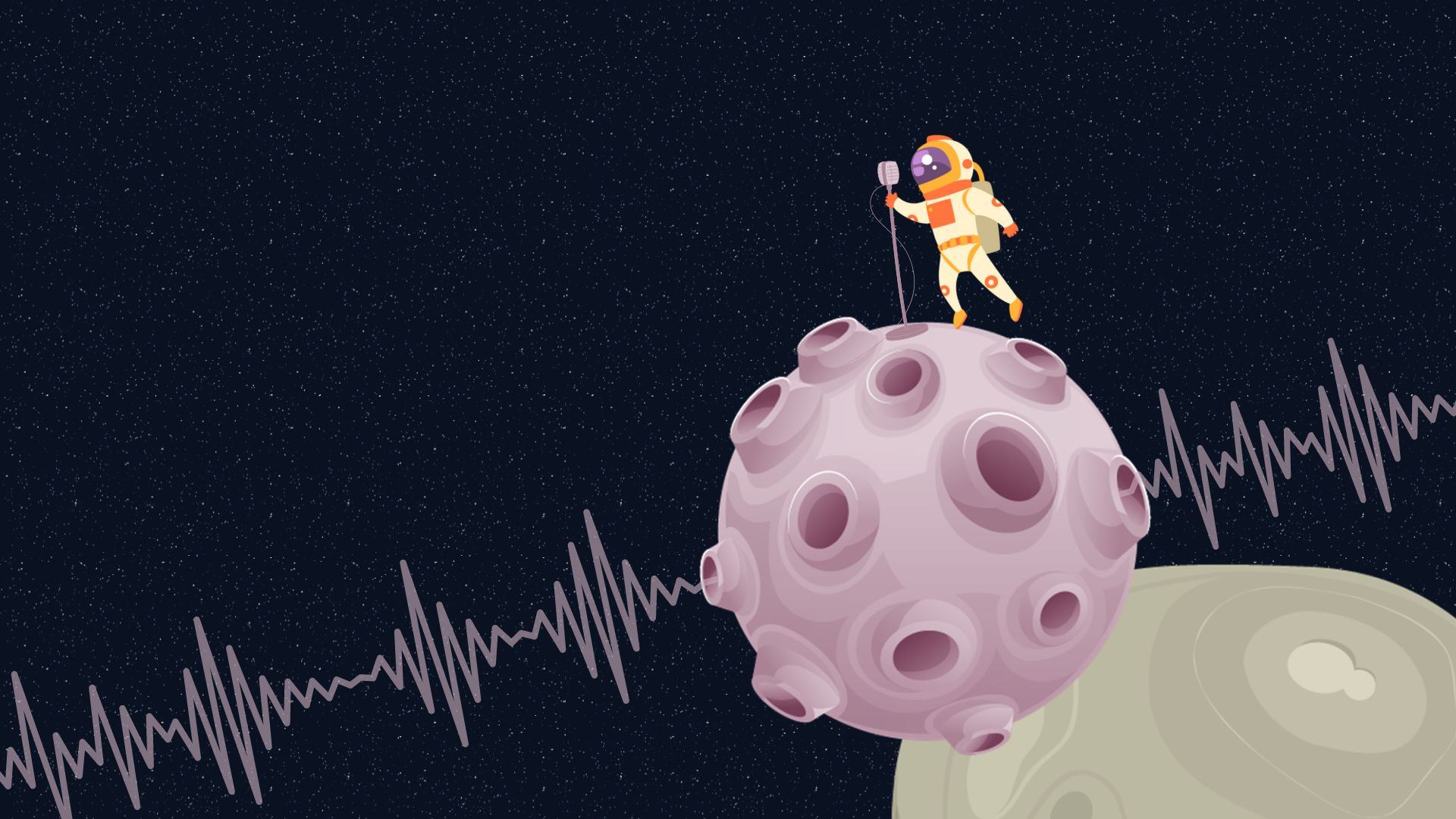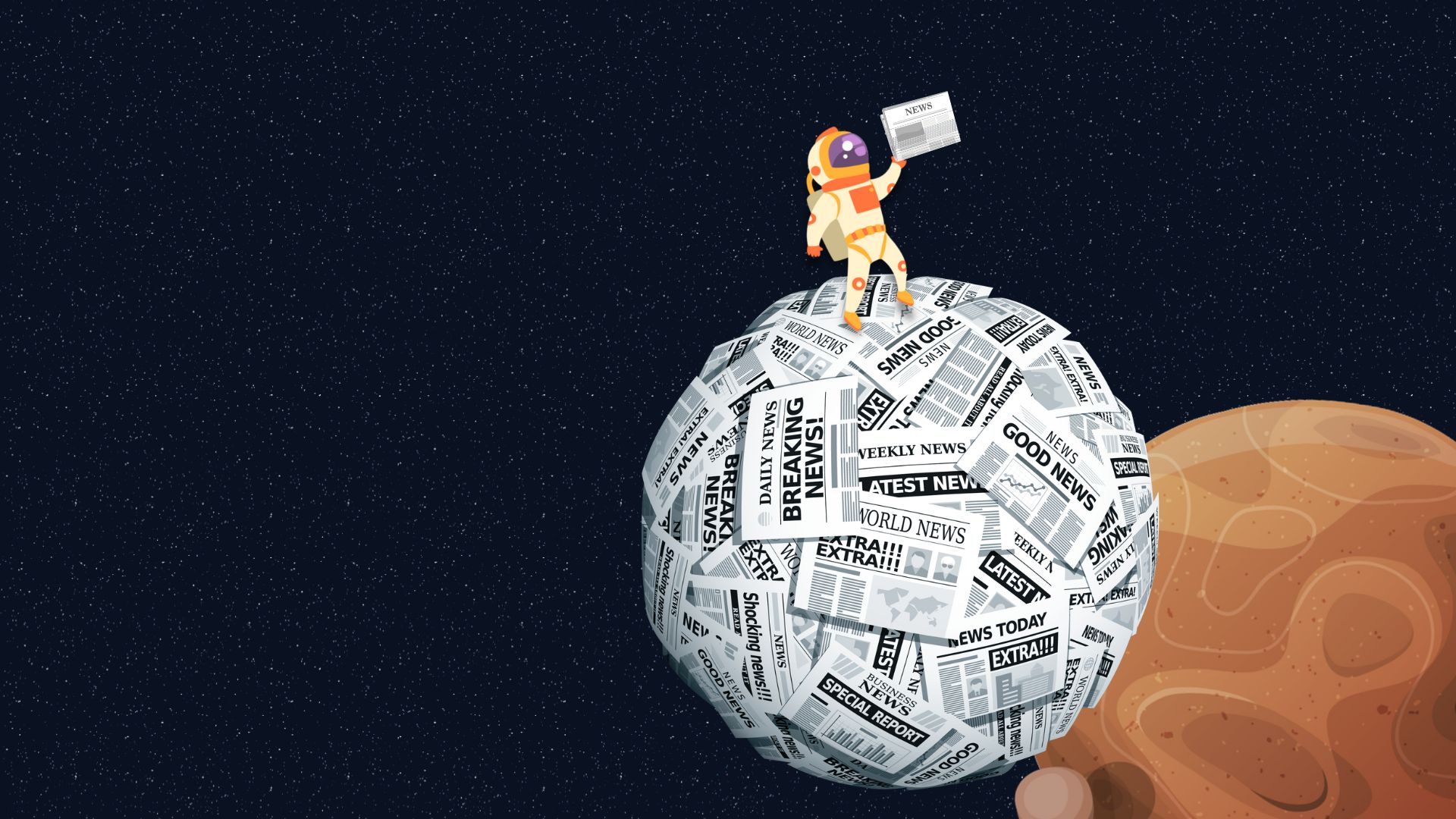Metaphor is a powerful tool in poetry that enables writers to create vivid images and evoke emotions in their readers. It is a type of figurative language that compares two seemingly unrelated things to give new meaning and depth to the words on the page. In this blog post, we will explore the use of metaphor in poetry, its different types, and how it can be used to enhance the art of words.
What is a metaphor in poetry?
Metaphor is a literary technique that involves using one thing to represent another. It is a figure of speech that creates a comparison between two things that are not alike, but share a common characteristic. For example, “Her eyes are diamonds” is a metaphor that compares a woman’s eyes to diamonds, emphasizing their brilliance and beauty.
Types of Metaphors in Poetry
There are several types of metaphors used in poetry, including:
- Simile: A comparison between two things using “like” or “as”. For example, “He runs like a cheetah.”
- Extended Metaphor: A metaphor that is extended throughout a poem or a section of a poem. For example, in John Donne’s poem “The Flea,” the speaker uses the flea as an extended metaphor for the relationship between him and his lover.
- Personification: Giving human-like qualities to non-human things. For example, “The wind howled through the night.”
- Hyperbole: An exaggerated statement that is not meant to be taken literally. For example, “I have a million things to do today.”
- Metaphysical Poetry: A type of poetry that uses metaphysical conceits, which are extended metaphors that often connect physical and spiritual concepts. For example, in Andrew Marvell’s poem “To His Coy Mistress,” the speaker uses a metaphor of time as a winged chariot to emphasize the urgency of his desire.
How does metaphor enhance the art of poetry?
Metaphor is a powerful tool for poets because it enables them to convey complex ideas and emotions in a way that is both evocative and memorable. By using metaphors, poets can create images that go beyond the literal meaning of the words on the page, drawing readers into a deeper understanding of the poem’s themes and messages.
Furthermore, metaphors can help poets create a more immersive experience for readers by engaging their senses and emotions. By using comparisons that appeal to our senses and our emotions, metaphors can help us experience the world of the poem in a more visceral way.
Conclusion
Metaphor is an essential poetic device that can help poets create vivid imagery and convey complex ideas and emotions. By understanding the different types of metaphors and how they can be used, poets can enhance the art of their writing and create works that resonate with their readers. So next time you read a poem, take a moment to appreciate the power of metaphor and how it elevates the art of words.



